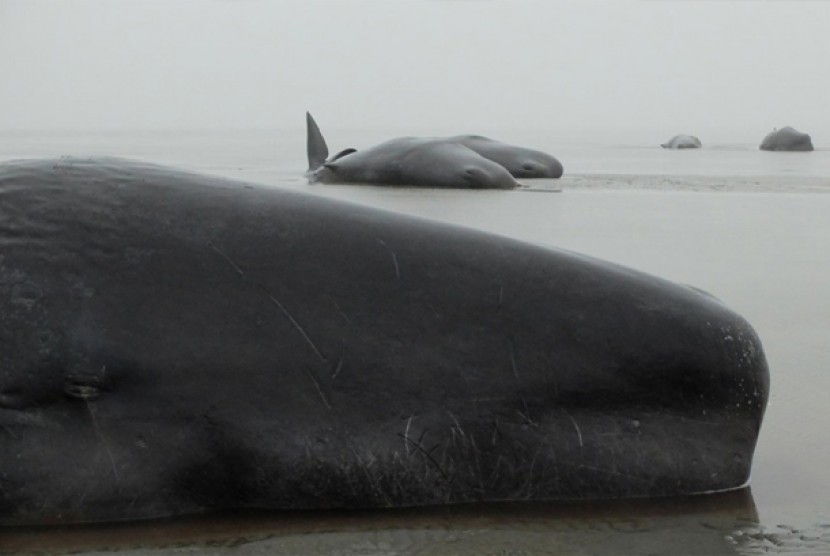REPUBLIKA.CO.ID, KUPANG -- East Nusa Tenggara (NTT) Tourism Office expects whale-watching tour to start in 2018 to attracts tourists.
"We hope that this whale watching tour could be started next year, so that NTT would be more familiar to the people," NTT Tourism Office Head Marius Ardu Jelamu said in Kupang on Thursday.
This was stated during a press conference with some reporters in Kupang on how to conserve the environment and improve NTT people's welfare through whale-watching tour services.
He stated that currently in Bali, the local government has already conducted dolphin watching for the visitors. He hoped that NTT could also take that effort.
"In Bali, they are watching dolphins; meanwhile, here we watch whales. Of course, this will be more amazing," he noted.
According to him, since long time ago, the NTT's marine area had whale habitat, which consisted of 18 whale species, including two of the rarest, Blue Whale (Balaenoptera Musculus) and Sperm Whale (Physeter Macrocephalus).
Those two species later would be the attractions for the visitors when conducting whale-watching tour and of course, would be followed by lots of tourists.
"That is why, I hope that the entrepreneurs could seize this opportunity to attract cruise ships or more small boats which are best suited for travelling and can be used by the tourists during this tour," he remarked.
He also believed that whale watching would make a specific contribution towards the government's vision to make NTT a tourism province and the main tourist destination in Indonesia in 2018.
Meanwhile, Australian Oceanic Cetacean Expert Benjamin Kahn, who also attended the workshop, said that the research for this whale route, which stretches from Komodo Island area towards Alor and Lembata, already started in 1999.
"I already researched the whale migration in NTT marine area. This area is a very potential one for those species," he stated.
The migration spots are located in Wetar strait, Pantar, Sawu Sea, and Lembata, as well as other areas.
He also added that if it would be applied next year, it would help people's economical situation.


